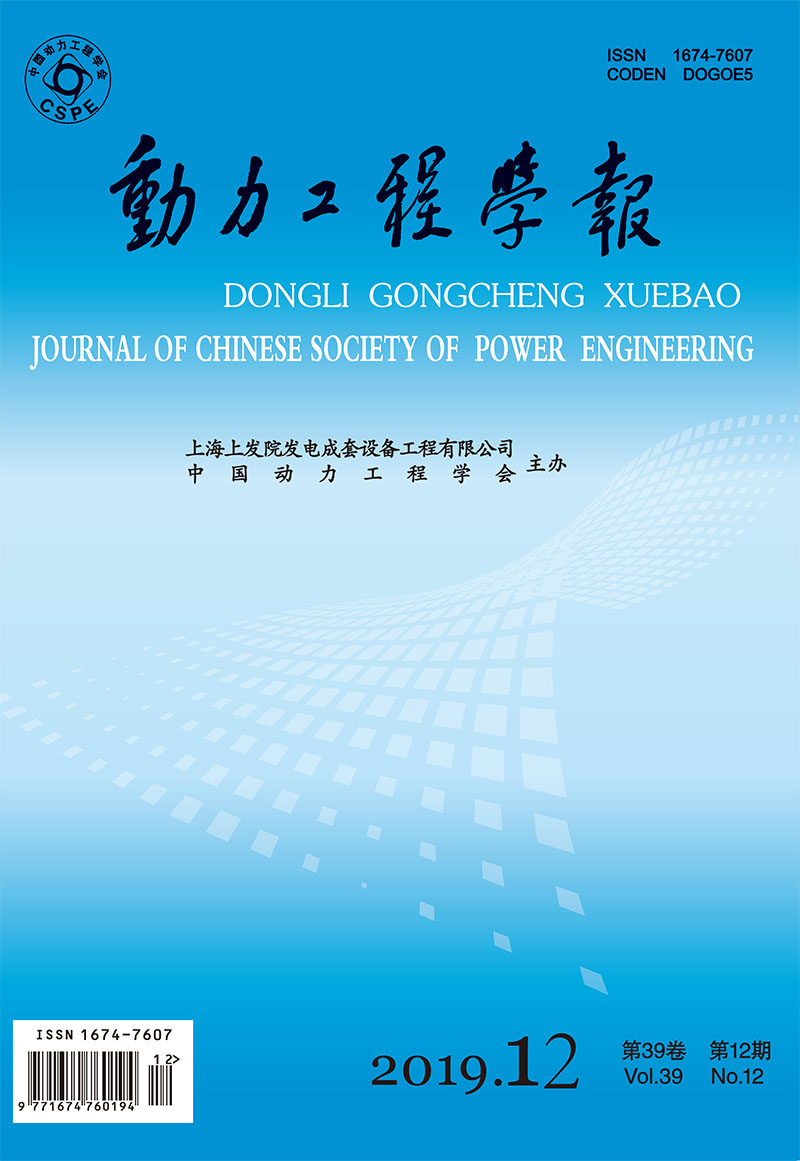LI Hao, LUO Yun, LI Ruidong, SU Yongjian, CHEN Xuelin, XU Yiwei, GUO Hongyuan, LI Pengzhu
2019, 39(12): 973-980.
To monitor the heat transfer performance of indirect air-cooled radiators, a method was put forward for monitoring the outlet temperature of related indirect air-cooling towers. Based on heat transfer calculation and heat balance equations, an analysis was conducted on the factors influencing the outlet temperature of the indirect air-cooling towers, and subsequently a BP neural network model was established by taking the ambient temperature, wind speed, atmospheric pressure, inlet circulating water temperature of indirect air cooling tower, inlet pressure of circulating water, outlet water pressure and the shutter opening as the input variables, and outlet water temperature as the outlet variable. To avoid obtaining partial optimal solutions only, the particle swarm optimization (PSO) based on nonlinear dynamic inertia weight was used to optimize the initial weight and threshold of the BP neural network model, and then a neural network prediction model of PSO-BP was set up, which was trained and verified using the operation data of a 660 MW unit indirect air cooling system. Results show that the BP neural network model optimized by PSO algorithm has strong generalization ability, with higher prediction accuracy than the pure BP neural network model, and the mean error predicted is 0.55%.
